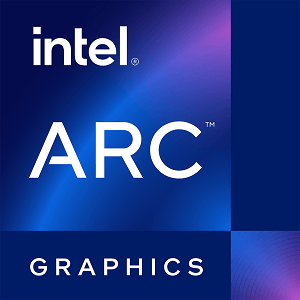NVIDIA GeForce GTX 1050 Ti Max Q vs Intel UHD Graphics
We compared a Mobile platform GPU: 4GB VRAM GeForce GTX 1050 Ti Max Q and a Integrated graphics card GPU: 0System Shared VRAM UHD Graphics to see which GPU has better performance in key specifications, benchmark tests, power consumption, etc.
Main Differences
NVIDIA GeForce GTX 1050 Ti Max Q 's Advantages
Boost Clock has increased by 43% (1291MHz vs 900MHz)
640 additional rendering cores
Intel UHD Graphics 's Advantages
Released 3 years late
Lower TDP (15W vs 75W)
Score
Benchmark
FP32 (float)
GeForce GTX 1050 Ti Max Q
+762%
1.983 TFLOPS
UHD Graphics
0.23 TFLOPS
Graphics Card
Jan 2018
Release Date
Jan 2021
GeForce 10 Mobile
Generation
HD Graphics
Mobile
Type
Integrated
PCIe 3.0 x16
Bus Interface
Ring Bus
Clock Speeds
1152 MHz
Base Clock
300 MHz
1291 MHz
Boost Clock
900 MHz
1752 MHz
Memory Clock
System Shared
Memory
4GB
Memory Size
System Shared
GDDR5
Memory Type
System Shared
128bit
Memory Bus
System Shared
112.1GB/s
Bandwidth
System Dependent
Render Config
-
-
-
6
SM Count
-
768
Shading Units
128
48
TMUs
8
32
ROPs
8
-
-
-
-
-
-
48 KB (per SM)
L1 Cache
-
1024 KB
L2 Cache
-
-
-
-
Theoretical Performance
41.31 GPixel/s
Pixel Rate
7.200 GPixel/s
61.97 GTexel/s
Texture Rate
7.200 GTexel/s
30.98 GFLOPS
FP16 (half)
460.8 GFLOPS
1.983 TFLOPS
FP32 (float)
230.4 GFLOPS
61.97 GFLOPS
FP64 (double)
-
Board Design
75W
TDP
15W
-
-
-
No outputs
Outputs
No outputs
None
Power Connectors
-
Graphics Processor
GP107
GPU Name
Rocket Lake GT1
N17P-G1-A1
GPU Variant
-
Pascal
Architecture
Generation 12.1
Samsung
Foundry
Intel
14 nm
Process Size
14 nm+++
3.3 billion
Transistors
Unknown
132 mm²
Die Size
Unknown
Graphics Features
12 (12_1)
DirectX
12 (12_1)
4.6
OpenGL
4.6
3.0
OpenCL
3.0
1.3
Vulkan
1.3
6.1
CUDA
-
6.4
Shader Model
6.4





